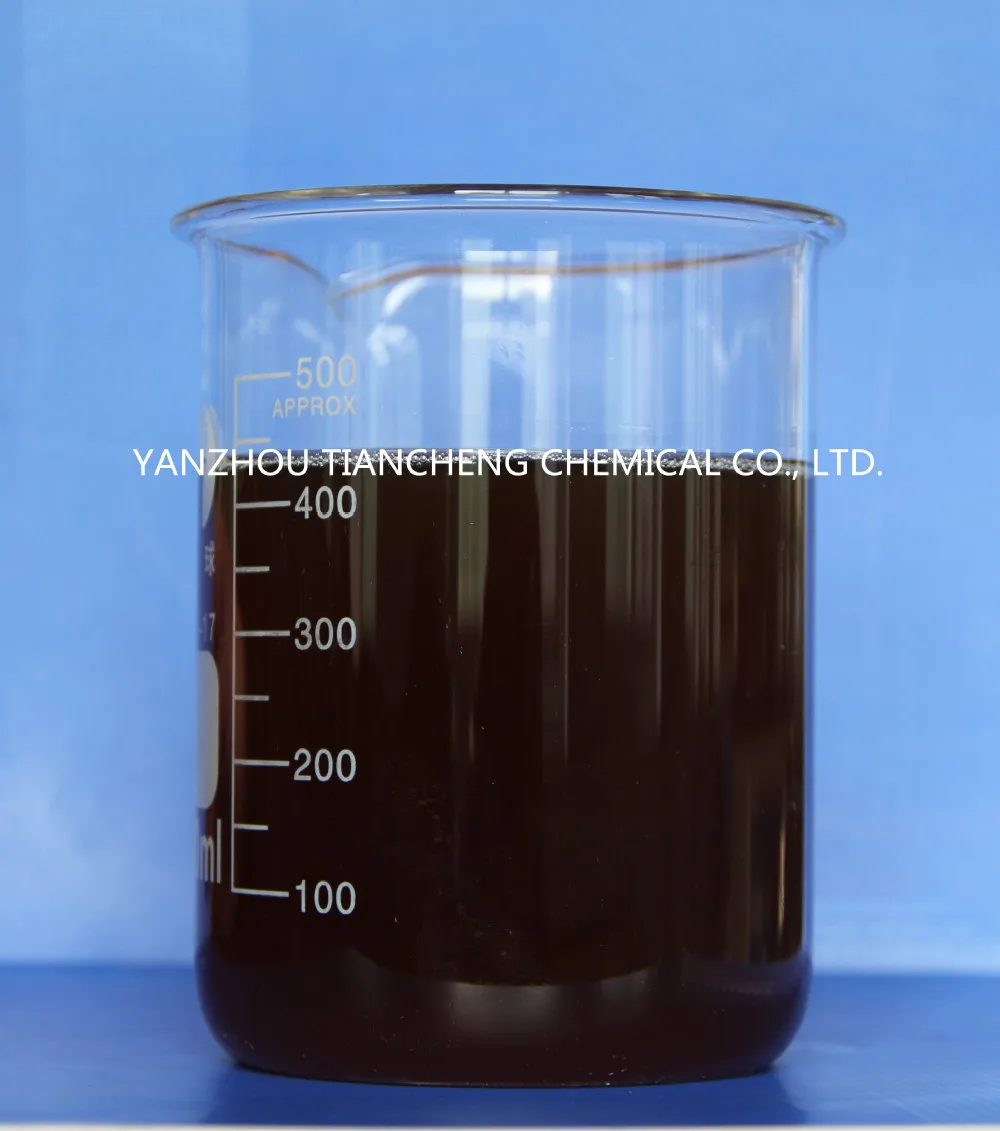Pears are grown in many regions across China, and the pear fruit borer has become a serious threat to orchards. This pest not only damages pears but also affects other fruit trees like peaches, apples, and apricots. The problem is particularly severe in orchards near Taoyuan, where the larvae infest the pods and stems of fruits, eventually reaching the fruit itself. Infected fruits often develop dark, rotting spots around the entry hole, a condition commonly known as "black plaster," which is a typical sign of the pear fruit borer infestation.
In northern China, the pear fruit borer completes 3–4 generations per year. The mature larvae overwinter in tree cracks, hollows, and the soil around the base of the tree. The adult activity typically begins in mid-April, influenced by temperature and food availability. The occurrence of this pest is irregular, with overlapping generations making it difficult to manage. The first and second generations mainly feed on peach or apple shoots, while the third and fourth generations target pears during their rapid growth phase. As sugar content increases in the fruit, the borer becomes more active, feeding on the fruit until harvest time.
To control the pear fruit borer, several methods can be applied. First, agricultural practices such as avoiding mixed planting of pears and peaches, and removing old bark during winter can help reduce the population of overwintering larvae. It's also important to monitor and manage the borer on peach and apple trees before July. Any damaged shoots should be cut and disposed of promptly to limit the spread of the pest later in the season.
Biological control involves using sex pheromones of *L. edulis* to trap and monitor adult populations. Once the traps capture adults, the egg-laying rate of *P. rapae* is assessed, especially on early varieties. When the egg-laying rate reaches 1%, chemical intervention may be necessary.
Chemical control options include the use of agents like chlorfenapyr, diflubenzuron, and others. These should be applied according to local guidelines and safety regulations.
If you encounter any issues related to fruit tree management, you can consult the SMS platform provided by this newspaper. To send a message, mobile users can type "115+ your question" and send it to 8733888. The cost is 0.5 yuan per message. For Unicom users, the format is "15#15+ your question" sent to 9733888, with a fee of 0.8 yuan per message. This service offers an efficient way to get expert advice quickly.
AKD Emulsifier
I. Product Description
TC-EM-1 is a polymeric emulsifier, which is a low molecular weight, high electropositive organic polymer. It has followed advantages:
1. Easy to use, do not need cooking. Reduce cooking equipment for solid starch and lower down technical condition fluctuation for cooking the starch.
2. Use current water to dilute and prepare, without heating.
3. Provide a strong positive charge to the system
4. High emulsion stability
II. Product Feature
|
Appearance
|
Red brown liquid
|
|
Solid content %
|
25. 50±0.5
|
|
Ionicity
|
Cation
|
|
PH value
|
3.50~4.50
|
|
Viscosity(mpa.s/25℃)
|
60.0
|

III. Product Usage Safety Instruction:
TC-EM-1 may be stimulative to skin and eyes, and it is recommended to use gloves and protective glasses when use. If eye or skin comes into direct contact with this product, immediately rinse with plenty of water for at least 15 minutes.
IV. Application
As a emulsifier and stabilizer of AKD,TC-EM-1 can provide a good stability of the emulsion. With the mechanical stirring, it can disperse AKD as required in the production process, which average particle diameter more than 80% can be less than 1.2 microns. It can also maintain a relative long time after the emulsification, and it has a certain electrical neutral to the slurry.
Please note, under high hardness, the hydrolysis rate of AKD emulsion will be greatly improved. So in order to reduce the rate of hydrolysis, the PH value of emulsified should be controlled between 4.5~5.0 by Citric Acid. TC-EM-1 has low PH value, which saves this part of the operation.
For certain application, the usage of TC-EM-1 should also follow the operating instructions of our company.
V. Other Information
Package: 1000Kg /IBC barrel
Storage: in cool and dry place, avoid frozen and sunshine
Shelf life: 6 months.
AKD Emulsifier,Starch Based Emulsifier,AKD Emulsifying Agent,25% AKD Emulsifier
Shandong Tiancheng Chemical Co., Ltd. , https://www.tianchengchemical.com
